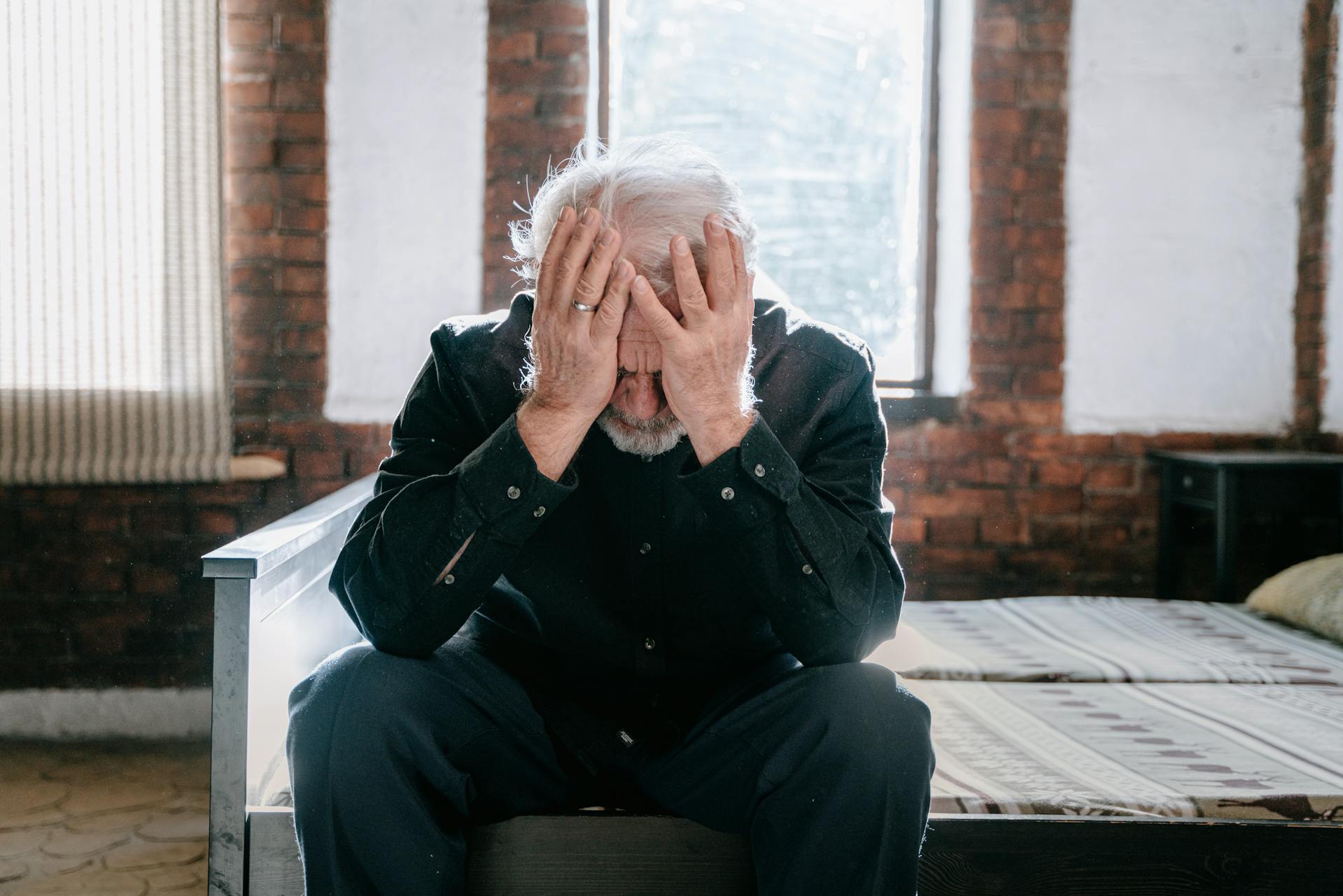New Swinburne research highlights older Australians falling through the cracks of housing crisis

More than half a million Australians aged 55 or over are at risk of falling through the cracks of housing security, according to a new Swinburne report.
In summary
- More than half a million Australians aged 55 or over are at risk of falling through the cracks of housing security.
- The Swinburne report shows they older Australians are neither poor enough to qualify for effective and accessible housing assistance nor wealthy enough to secure housing independently.
- Housing insecurity for older Australians is driven by the heavy reliance on home ownership for housing security, a shortage of affordable housing, insufficient social housing, and barriers to accessing loans.
More than half a million Australians aged 55 or over are at risk of falling through the cracks, according to a new Swinburne report launched today, that shows they are neither poor enough to qualify for effective and accessible housing assistance nor wealthy enough to secure housing independently as they age.
This significant gap in Australia’s housing system has been deemed the ‘missing middle’: a group that is supposed to be enjoying retirement but is instead struggling to access safe, affordable housing.
Lead report author and Swinburne housing researcher, Dr Piret Veeroja, says housing insecurity for older Australians is driven by systemic and macro-economic factors, including the heavy reliance on home ownership for housing security, a shortage of affordable housing, insufficient social housing, and barriers to accessing loans.
“This population group has a low income and minimal assets. There isn't enough social housing, and prices have gone up for everyone, so policies are leaving this demographic behind.”
Researchers reveal older Australians struggle to make essential modifications to private rentals as they age
The report, the first of its type in Australia, was funded by the Housing for the Aged Action Group (HAAG). It also revealed that 60 per cent of those affected are in private rentals, where they face significant barriers in making modifications, such as installing handrails to support them. Many of this group are also receiving Commonwealth Rent Assistance and lack sufficient superannuation.
About 25 per cent are living in mortgaged homes, which exposes older purchasers living on fixed incomes to mortgage stress and insecurity at times of increasing interest rates and cost of living pressures. The inability to access standard financial mechanisms, such as bank loans, was identified as a barrier to secure housing, as is the lack of policies targeting mortgage relief in Australia.
“These issues are compounded by individual challenges such as divorce, illness and gendered financial disadvantage,” explains Dr Veeroja. “This means that there isn’t one solution that fits everyone. Making support systems fit for purpose is essential and includes taking into account the needs of this population group.”
“We need adjustments to existing welfare and housing assistance policies and programs, and to rethink pathways to homeownership for older people, including assessing how schemes such as shared equity programs could work for Australia’s ageing population. Also crucial is improving and expanding financial access and exploring innovative models like housing cooperatives, intergenerational living, sheltered living and independent living units.”
Executive Officer at the Housing for the Aged Action Group, Fiona York, says this important piece of research has for the first time quantified a group of older people in the community who we have been concerned about for a long time.
“Every day, we hear from older people who fall into this gap – and we find it very difficult to assist them. Precarious housing is leaving large numbers of older people vulnerable to a housing crisis, yet they remain completely absent from any targeted policy solutions,” York says.
"A diversity of solutions is needed. The research raises further questions about what can be done to intervene early to prevent homelessness for the half a million older people currently at risk.”
Dr Veeroja says that delivering these solutions requires collaboration between the non-profit sector, governments, households and industry.
“Older people simply want to age gracefully, in a secure home that meets their needs and is close to their existing networks and services.”
-
Media Enquiries
Related articles
-

- Social Affairs
New research shows how courts, banks, and Centrelink can facilitate financial abuse
New Swinburne research has revealed the web of systems through which financial abuse can be perpetrated, largely unchecked and with significant perpetrator autonomy.
Friday 27 June 2025 -

- Social Affairs
Swinburne students find ‘no evidence’ for electronic monitoring of youth offenders
Swinburne undergraduate students have evaluated whether electric monitoring practices align with legal standards and human rights.
Monday 21 October 2024 -

- Social Affairs
- Politics
New Swinburne Report Exposes How Australia’s Child Support System Enables Financial Abuse, Fuelling Child Poverty
A new Swinburne research report presented in Parliament House details how child support is being weaponised against single mothers and their children.
Tuesday 08 October 2024 -

- Social Affairs
‘Overwhelmed, hopeless, crushed’: Swinburne report reveals how housing crisis is reshaping young people’s lives
Australia’s housing crisis is severely impacting young people’s safety, relationships, health and wellbeing, education, employment, and ability to plan for the future, according to new report.
Thursday 10 October 2024 -

- Social Affairs
New Swinburne research highlights older Australians falling through the cracks of housing crisis
More than half a million Australians aged 55 or over are at risk of falling through the cracks of housing security, according to a new Swinburne report.
Wednesday 16 October 2024

